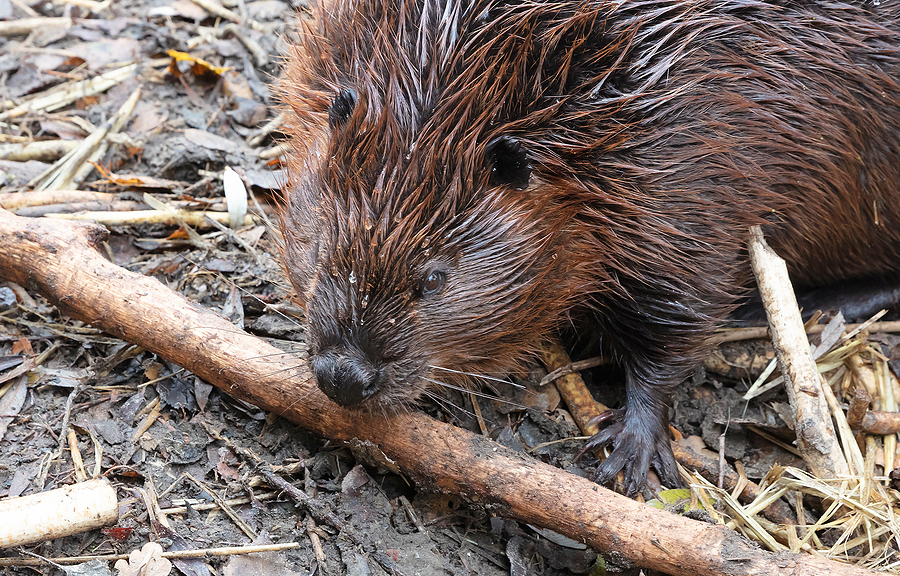Beavers are one of the most destructive animals in North America, but they can also be a nuisance to homeowners. Beavers build dams that can cause flooding and destruction to property, and their presence near homes or businesses can lead to safety concerns. Fortunately, there are ways to safely remove beavers from your property without causing them any harm. In this blog post, we’ll discuss the best methods for beaver removal as well as provide tips on how you can prevent beaver damage in the future.
Keep reading to learn more about beaver control so you can keep your home safe!

Professional Beaver Removal Services
The first step in beaver removal is to contact a professional critter control company or beaver trapper to come and assess the situation. A qualified wildlife control operator will be able to identify signs of beavers on your property, such as lodges and dams, which can help them determine the best method for removal. In some cases, a simple exclusion fence may be enough to keep beavers away from your property, while in others, a more comprehensive beaver trapping and removal plan may be necessary.
Beaver Control
When it comes to beaver control, there are several different methods that can be used. Depending on the situation, the wildlife control company or trapper may use live traps, snares, nets, or even repellents to safely remove beavers from your property. In some cases, the animals may even be relocated to a more suitable habitat where they can live without causing damage.
Beaver Proofing
Finally, it’s also important to take steps to prevent future beaver damage on your property. A few simple measures you can take include 1) keeping potential food sources away from the area, such as pet food or bird feeders, 2) installing fencing around your property, and 3) keeping any standing water sources away from beaver habitat.
Manage Nuisance Beavers With the Right Knowledge
By following these tips for beaver removal and prevention, you can keep your home safe and prevent any further destruction caused by beavers. Contact a professional Indianapolis wildlife control company in your area to learn more about beaver removal services, plus discuss the best exclusion and extraction options for your situation. With the right plan in place, you can keep your property safe from these destructive creatures!
Need-to-Know Facts About Beavers
Those wishing to safely manage and control beavers should try to learn as much as possible about them first, as many beaver facts are beneficial when it comes to living peacefully alongside these unique animals and deterring any nuisance tampering or damage they are prone to causing.
As it turns out, beavers are fascinating creatures. They are often found in wetlands or near bodies of water such as lakes, ponds, and rivers. They build beaver lodges from sticks and mud and can be a nuisance if they start gnawing on vegetation around homes or other buildings.
There is plenty more to be admired about beavers, including their ability to create efficient dams that reduce flooding and provide safe havens for other wildlife. Beavers are also semi-aquatic mammals and incredibly strong for their size with sharp front teeth used for cutting down trees and strong rear feet with webbed toes that help them swim quickly away from land-based predators.
Are you looking for professional beaver control assistance in the Indy area? Contact Modern Wildlife Control at 317-847-6409 for licensed and insured animal trapping and removal for beavers in Indianapolis, Indiana. We serve residential and commercial clients.
Related Posts:
Will Beaver Dams Damage a Property?
Beaver Removal and Control Tips for Indiana Residents
Fun Facts About Beavers in Indiana
